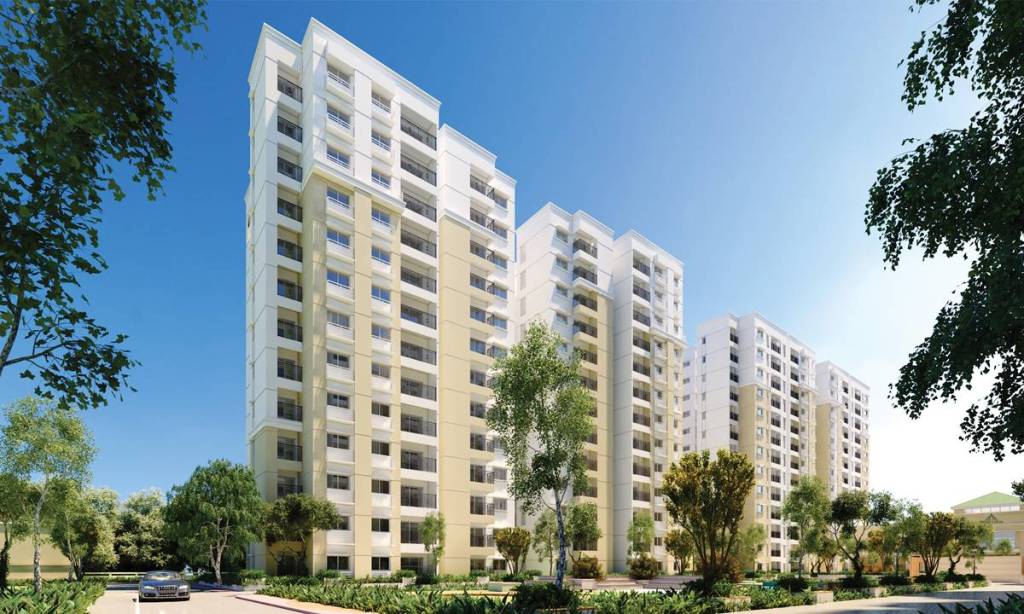The essence of luxury homes has evolved and grown by leaps and bounds. Luxury housing is a growing market, as homes under this segment provide extravagant lifestyles, conveniences, greenery, hi-tech security measures, and a sense of tranquility and serenity. These factors drive demand for luxury homes, and an uptick in this segment is anticipated to continue in the coming years.
The pandemic has been a revelation on home ownership. It has transformed the perception of a home. Today, affluent Indian consumers are willing to invest in lavish homes, often located at growing and premium locations. This housing category experienced a pent-up demand triggered by the pandemic. However, as Covid subsided and normalcy returned, the luxury housing segment has witnessed a spike in demand. Government support in the form of stamp duty waiver further fuelled the demand for homes under this category.
According to an Anarock report, the luxury segment generated 12% of overall sales in the first quarter of 2022, up from 7% in the first quarter of 2019. It was due to increased demand from HNIs and NRIs keen to invest in luxury homes in India.
Rising Interest among Consumers
HNIs and Ultra HNIs – The luxury housing industry in India is exceeding market estimates and attracting the attention of several High Net Worth Individuals (HNIs) and uber-rich ultra HNIs like business tycoons, CEOs, and startup founders. Posh residential areas fully meet their requirements with neoclassical architectures, elegant interiors, contemporary designs, hi-tech amenities and green landscapes.
NRIs – Non-Resident Indians are inclined to invest in their homeland and form a significant clientele of the luxury residential market. Socio-economic infrastructural development, technology-backed smart homes and rupee depreciation are the biggest drivers for increased interest from this consumer segment. Depreciation in the rupee value is an advantage for NRIs, boosting their interest in the Indian real estate market. NRI investments amounted to close to USD 13.1 billion in 2021 and are estimated to grow by 12% in 2022.
Trends and Opportunities for Market Players
Prospective homebuyers have started analyzing sustainability and well-being factors in the aftermath of the pandemic. The affluent buyers have realized the value of spacious homes in the pandemic. They demand homes with dedicated workspaces to fit-in high-quality furniture and storage space, study rooms, entertainment zones, private gardens, decks, gymnasiums, and other modern features for stress-free living.
Among cities, Mumbai tops the charts in the Indian luxury housing market, matching the sales hustle witnessed in global gateway cities like Dubai, London, and New York. Mumbai alone clogged sales of luxury housing properties worth INR 20,255 crore in 2021, and in volume terms, 1,214 units were sold, compared to 598 units valued at INR 9,872 in 2018.
The luxury housing industry has become more robust due to an increase in demand for homes that are at par with international standards. With pandemic fear fading, sales are inching northwards. Today, this segment has a higher market share, as it flawlessly captures consumer demands while providing excellent quality and trust.
To Encapsulate
Given the positive outlook, India’s luxury real estate segment has seen unprecedented expansion, with upbeat consumer sentiment. The digital boom has penetrated the sector, contributing significantly to the thriving high-end market. The target clientele of luxury real estate developers are modern professionals, tech-savvy urbanites and families whose multiple generations live together.
The increased inclination of HNIs and NRIs to invest in luxury residences has significantly aided the market’s progress. The segment’s sales figures are anticipated to surpass all previous benchmarks in the coming years.
(By Prashin Jhobalia, Vice President-Marketing Strategy, House of Hiranandani)


